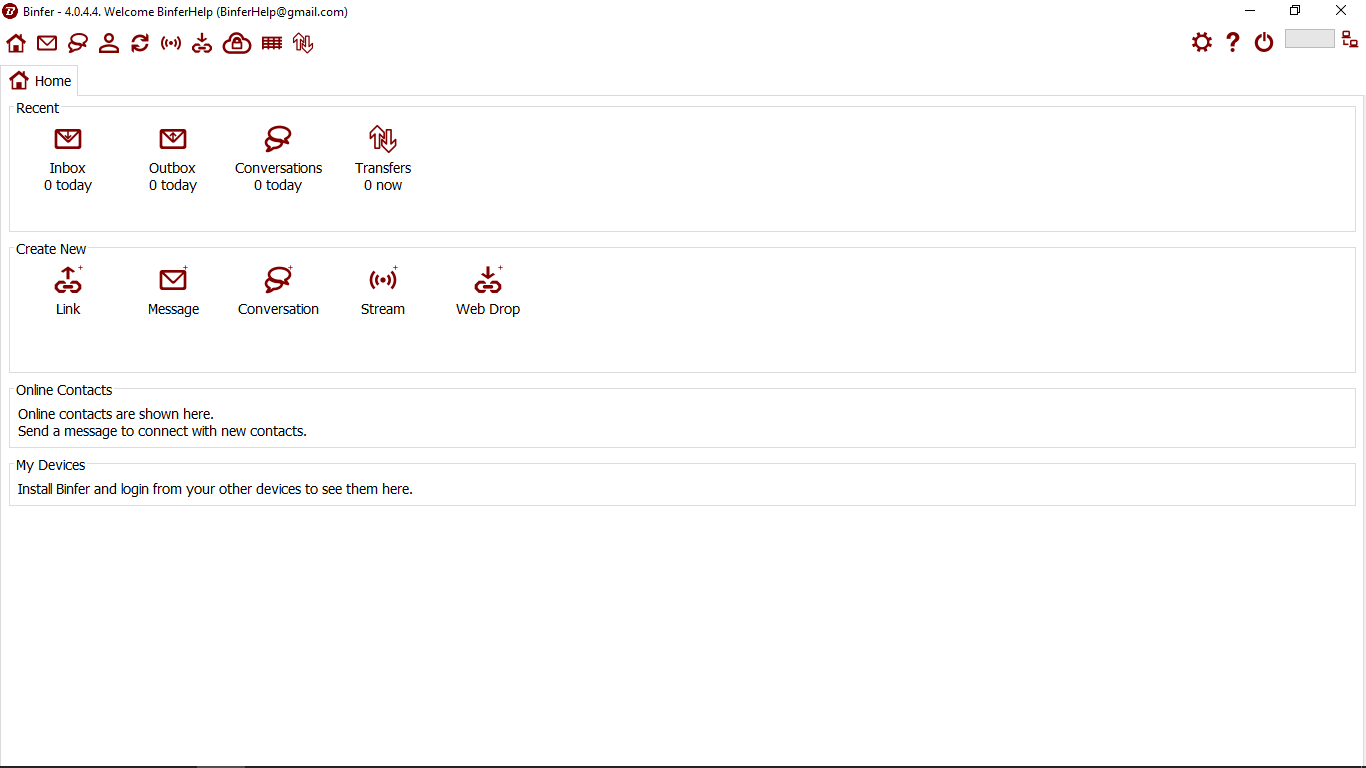

These can be more expensive than other options and are not widely stocked, but they are generally considered less dangerous than alternatives. Purpose-built undergarments known as binders or binding bras exist (often using spandex or other synthetic fibre), and are commonly used for breast binding. Some apparel companies (such as Underworks) make compression shirts for cisgender men that provide the same result as a breast binder. Gynecomastia Ĭisgender men afflicted with gynecomastia may find cause to bind as a means to control the appearance of breasts, during the wait before surgery or as an alternative to surgery. In case of health concerns, they tend to seek help from healthcare professionals they perceive as trans-friendly and who will not stigmatize their binding practice. Many people who bind for gender-affirming purposes are unwilling to seek medical attention due to a perceived lack of knowledge from healthcare professionals and continue binding since they believe the benefits outweigh the risks. The appearance of a flat chest may cause gender euphoria.

Transgender men and non-binary people may bind their breasts as an alternative to or while waiting for top surgery. Transgender and non-binary people ĭrawing of a Filipino transmasculine person wearing a binder and dressing in front of the mirror. One case study has described an adolescent girl binding as a symptom of her body dysmorphic disorder, but this is not the most common reason that individuals bind their breasts. Some adolescents begin to bind their breasts as they enter puberty. Women who have developed larger breasts from hormone replacement therapy or breast augmentation surgery may choose to bind. For transgender men, including non-binary people, it alleviates gender dysphoria by altering the appearance of the chest and creates gender euphoria and as a substitute for, or prior to chest masculinization surgery.For a masculine clothed appearance, to assist with passing as male.For male impersonation, cosplay, crossplay, and other forms of costuming.For concealment of breasts or breast development.For accelerated recovery by reducing movement after an injury or surgery.There are many reasons for binding breasts: Impersonators and drag kings may bind their breasts as a characteristic of their costume. Wearing a corset was one way that the size of breasts could be reduced. To present a boyish form, flappers bound their breasts. In the 1920s, a flat-chested silhouette became the ideal look among women, with breasts bound against the chest wall with binders. Post-WWI women office workers modified their physique with bound breasts to reduce and conceal the female form, thereby minimizing sexual curiosity from males. īreast binding was one of the punishments inflicted upon the women inmates confined in Ireland's Magdalene asylums. Until the early 20th century, many Catholic nuns bound their breasts under their habit to deflect the attention of male clergy and diminish sexual desire in men.

In cultures where the breasts of pubescent girls are ironed to suppress their development, wealthier classes often choose to use an elastic belt to compress and flatten the breasts. In Africa, adolescent Wodaabe girls had their breasts tightly bound to induce sagging, minimize sexual desirability, and improve their ability to breastfeed. Korean women wearing the traditional hanbok concealed the female body by binding their breasts tightly with a cloth band. A man and a woman wearing a traditional hanbok.


 0 kommentar(er)
0 kommentar(er)
